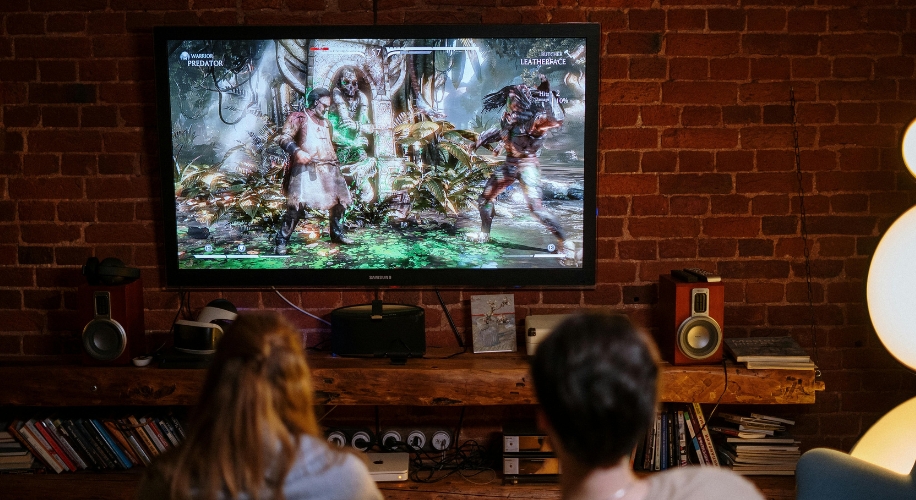The Impact of Gaming and Screen Time on Eye Health
- BY Dr. Steven Liem
- IN Zenni News
As digital screens become an integral part of our daily lives, understanding their impact on eye health is more important than ever. From work to leisure, many of us spend hours each day staring at screens. Today, let’s explore how screen time and gaming affect our eyes, and what we can do to maintain good eye health in this digital age.
Photo by Pixabay
The Rise of Screen Time
In recent years, screen time has surged dramatically. According to a report by the American Optometric Association, adults average around 7 hours of screen time each day, and this number can be even higher for teenagers and children. Gaming, in particular, has become a popular pastime, with many young people dedicating hours to their favorite titles. While gaming can be an enjoyable and social activity, it also poses unique challenges to our eye health.
Understanding Digital Eye Strain
One of the most common issues associated with prolonged gaming is digital eye strain, also known as computer vision syndrome. Symptoms include:
- Dry eyes: Staring at a screen often leads to decreased blinking, which can cause discomfort and dryness.
- Blurred vision: Extended focus on screens can result in temporary blurriness, especially when shifting gaze to different distances.
- Headaches: Strain on the eye muscles can lead to tension headaches, particularly if your posture is poor.
- Neck and shoulder pain: Poor ergonomics while gaming can lead to discomfort in the neck and shoulders.
Recognizing these symptoms is the first step toward mitigating their impact on our health.
The 20-20-20 Rule
One effective strategy to combat digital eye strain is the 20-20-20 rule. This simple guideline suggests that for every 20 minutes spent looking at a screen, you should take a 20-second break to look at something 20 feet away. This practice helps to relax the eye muscles and reduce fatigue.
Photo by Polina Tankilevitch
Importance of Proper Lighting and Ergonomics
Proper lighting and ergonomics play a crucial role in minimizing eye strain during gaming sessions. Here are some tips to create an eye-friendly gaming environment:
- Adjust screen brightness: Ensure that your screen brightness matches the surrounding light. A screen that is too bright or too dim can increase eye strain.
- Reduce glare: Position your screen to avoid glare from windows and overhead lights.
- Maintain a proper distance: Keep your screen at least an arm’s length away to reduce the strain on your eyes.
- Use blue light filters: Many devices now come with blue light filtering options. Consider using these features to help reduce potential disruptions to your sleep cycle.
The Role of Eye Protection
Investing in gaming eyewear can also make a significant difference. If you spend considerable time in front of screens, consider blue light-blocking glasses. These specially designed lenses can help filter out harmful blue light emitted by screens, potentially reducing eye fatigue and improving comfort.
Photo by cottonbro studio
Balance is Key
While gaming and screen time are often viewed negatively regarding eye health, with the right practices, we can enjoy these activities without compromising our well-being. Taking regular eye breaks and spending time outdoors can significantly benefit your eye health. Natural light can help improve focus and reduce strain. Encourage outdoor activities to balance screen time, particularly for children and teenagers. Remember, moderation and awareness are key in this digital age!




